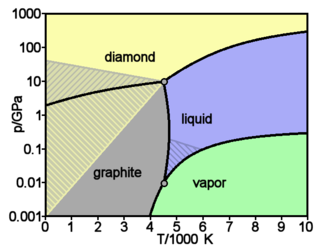Financial repression authority Daniel Amerman returns this week to discuss the ramifications of the Federal Reserve's first interest rate hike in nearly a decade:
The key to understand the situation here is that this is not normalizing, and we don’t have a precedent. We really don’t. We’re kind of all being soothed and reassured by the Wall Street Journal and Bloomberg and the financial authorities that we’ve been down this path before, we’ve been down it many times, more often than not we’ve had rising markets as a result and, really, there’s nothing to worry about. The issue with that is there are many things this time that are entirely different, and what is presented as 'normalizing', for instance, is going back to say a projected interest rate cycle like we saw in the 2000’s or the 1990’s. What’s completely different, among many other things, is that we’ve never had rates forced so low before, and they’ve never been so low for so long. So, if you look, say at a long-term graph since 1954, what’s been going on with the Fed funds rates, we’ve had plenty of reversals in interest rate direction, but they’ve been these brief little dips that look nothing whatsoever like this.
The other big issue, and this goes back to our prior conversation on financial repression, is that I don’t think you can take any interest rate increases from the 2000’s, 1990’s, 1980’s, 1970’s as being comparable. Because, we have the greatest degree of national debt outstanding that we’ve had since the 1940’s and the 1950’s. So, you have to go much further back in time to see how a rate increase works when you have a country that’s just absolutely massively in debt. And, it’s a very different process than these recent historicals they’re talking about.
I just read the statement from the Federal Reserve and what they clearly showed was this was not normal. And, one of the clear ways that they showed it is that they made crystal clear that they would be keeping their current holdings of U.S. government and agency debt in roughly the 2.4 to 2.5 trillion dollar range, until this is fully confirmed and they’re sure they’re going forward with the interest cycle and so forth. Now, that by itself tells you this isn’t normal. Typically, if you’re talking about driving interest rates down, you want liquidity in the system, and you provide liquidity through asset purchases. If you want to drive interest rates up, you want to tighten the system and you might remove money from the system let’s say by selling many of those assets. And, they’ve made clear on the front end that they’re not doing that.
And, I think this, again, ties very closely into what we’ve talked about before, with the size of the national debt, with financial repression and so forth. For financial repression to work, for the government to keep a lid on and control of interest rates, they need a large captive audience. One of the largest components of captive audience is the federal funds currently holding such a large portion of the U.S. national debt. So, if they were to follow a true normalizing cycle, they should be selling those and they’re not.
Our national debt is a fantastic sum that most of can’t really understand. How could we possibly be that badly in debt? How can we make the payments on that debt in terms of principle and interest and so forth? And, people are right that if we were in a normal market situation, we would be in a huge degree of difficulty with the national debt. But, again, this is something that’s happened many times over the centuries. And, what governments typically do, their most popular choice when they get deeply into debt is they increase their control over the markets so they knock out the interest rate risk for themselves, they push rates way down as they’ve done to historical lows. There’s more to it than that (we'd need another full hour more to talk about financial repression), but basically, they transfer wealth from savers to the government in the process of paying down the debt, in a process that most people don’t understand.
Click the play button below to listen to Chris' interview with Daniel Amerman (60m:03s)
This is a companion discussion topic for the original entry at https://peakprosperity.com/dan-amerman-financial-repression-the-new-interest-rate-hike/

